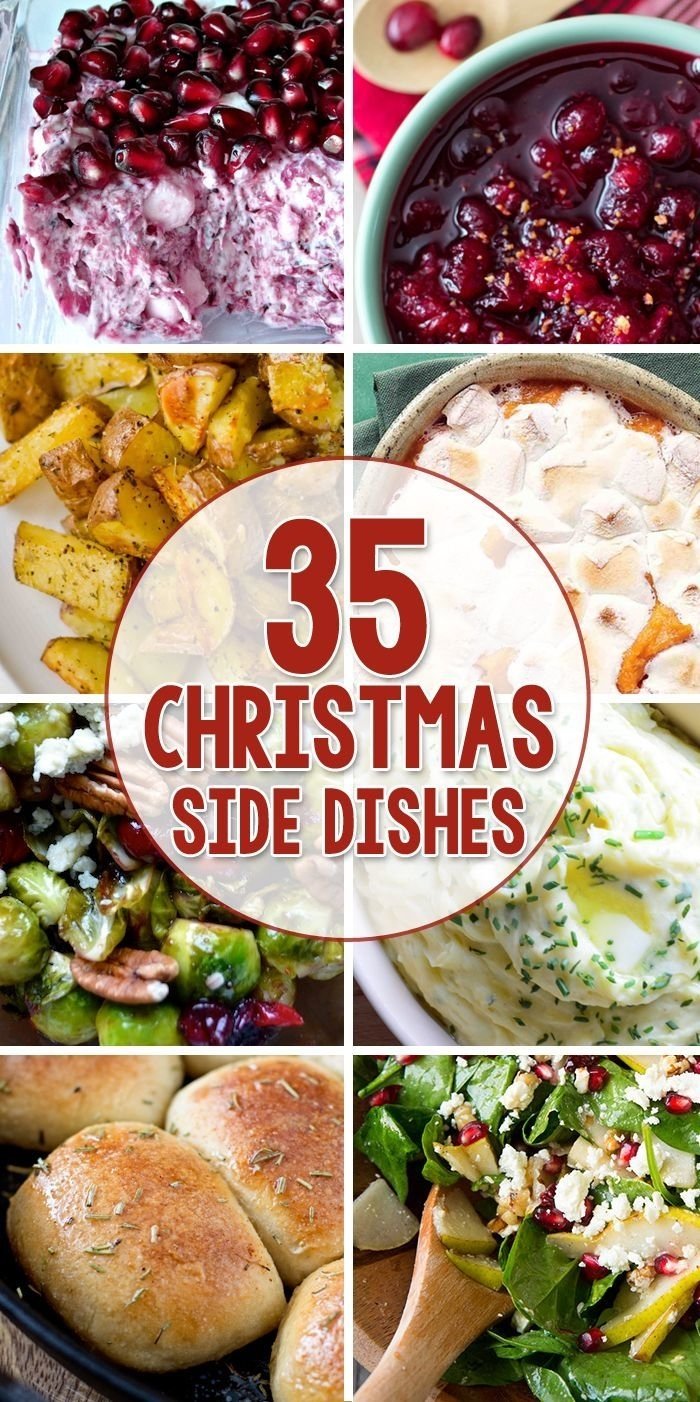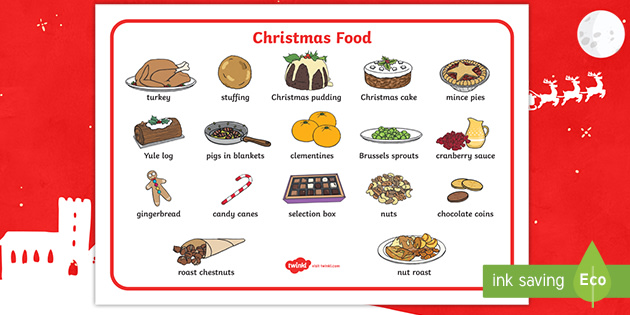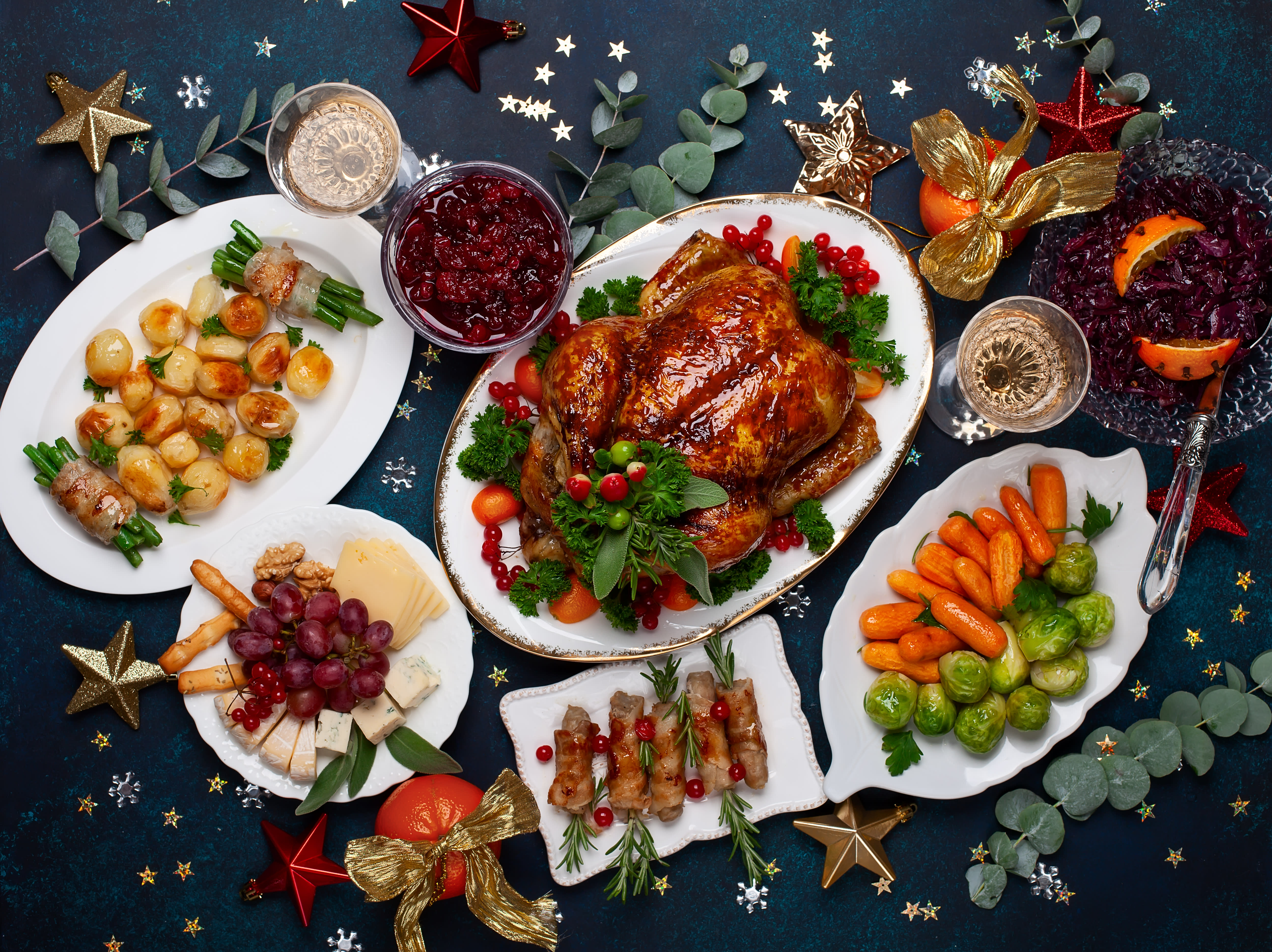Christmas Food Words 2024: A Culinary Journey Through the Festive Season
Related Articles: Christmas Food Words 2024: A Culinary Journey Through the Festive Season
- Christmas Food Trays: A Festive Delicacy For 2024
- Christmas Food Starters Ideas 2024: Delightful Appetizers To Kickstart Your Festive Feast
- Christmas Food Treats 2024: A Sweet And Savory Holiday Extravaganza
- Christmas Food Vocabulary 2024: A Comprehensive Guide To Festive Fare
- Christmas Food Waitrose 2024: A Festive Feast For All
Introduction
In this auspicious occasion, we are delighted to delve into the intriguing topic related to Christmas Food Words 2024: A Culinary Journey Through the Festive Season. Let’s weave interesting information and offer fresh perspectives to the readers.
Table of Content
Video about Christmas Food Words 2024: A Culinary Journey Through the Festive Season
Christmas Food Words 2024: A Culinary Journey Through the Festive Season

As the festive season approaches, the air fills with the tantalizing aromas of Christmas food. From traditional favorites to modern culinary creations, a vast array of delectable dishes adorns our tables, each with its own unique story and significance. In this article, we embark on a culinary journey through the Christmas food words of 2024, exploring their origins, meanings, and the heartwarming traditions they evoke.
Gingerbread: A Sweet and Spicy Holiday Treat
Gingerbread, a beloved Christmas confectionery, has been delighting palates for centuries. Its origins can be traced back to medieval Europe, where it was initially used as a form of medicine. Today, gingerbread is synonymous with the festive season, its warm and spicy flavors evoking memories of cozy winter evenings. The iconic gingerbread house, a staple of Christmas displays, is believed to have originated in Germany in the 16th century.
Mince Pie: A Traditional British Delicacy
Mince pies, a classic British Christmas treat, have a rich and storied history. Their origins can be traced back to the Middle Ages, when they were filled with a mixture of minced meat, fruits, and spices. Over time, the meat was replaced with a sweet filling, and the pies became a staple of Christmas celebrations. The distinctive star-shaped pastry is said to represent the Star of Bethlehem.
Eggnog: A Rich and Creamy Holiday Beverage
Eggnog, a rich and creamy beverage, has been enjoyed during the Christmas season for centuries. Its origins are uncertain, but it is believed to have originated in Europe. The drink is typically made with milk, cream, eggs, sugar, and spices, and is often topped with a dusting of nutmeg. Eggnog has become a popular holiday tradition, enjoyed by families and friends alike.
Roast Turkey: A Festive Centerpiece
Roast turkey is a centerpiece of many Christmas dinners, particularly in the United States and the United Kingdom. The tradition of roasting turkey for Christmas dates back to the 16th century, when it was considered a luxurious dish reserved for special occasions. Today, roast turkey remains a symbol of abundance and prosperity, and its succulent meat and crispy skin are a delight to behold.
Christmas Pudding: A Rich and Fruity Dessert
Christmas pudding, a rich and fruity dessert, is a beloved tradition in many countries. Its origins can be traced back to the Middle Ages, when it was known as "plum pudding." The pudding is made with a mixture of dried fruits, spices, and suet, and is typically steamed for several hours. It is often served with a dollop of brandy butter or hard sauce.
Stollen: A German Christmas Bread
Stollen, a traditional German Christmas bread, is a delectable treat that has been enjoyed for centuries. Its origins can be traced back to the 14th century, and it is believed to have been inspired by the Christkindl, a mythical figure who is said to bring gifts to children on Christmas Eve. Stollen is a rich and flavorful bread, made with a mixture of dried fruits, nuts, and spices. It is often topped with a dusting of powdered sugar.
Christmas Cookies: A Sweet and Festive Treat
Christmas cookies, a beloved holiday tradition, come in a myriad of shapes, sizes, and flavors. Their origins can be traced back to the Middle Ages, when they were used as a way to decorate Christmas trees. Today, Christmas cookies are enjoyed by people of all ages, and they have become an essential part of the festive season.
Mulled Wine: A Warm and Festive Beverage
Mulled wine, a warm and festive beverage, is a popular Christmas tradition in many European countries. Its origins can be traced back to the Middle Ages, when it was used as a way to keep warm during the cold winter months. Mulled wine is typically made with red wine, spices, and sugar, and it is often served with a slice of orange or lemon.
Christmas Ham: A Savory Holiday Dish
Christmas ham, a savory holiday dish, is a staple of many Christmas dinners. Its origins can be traced back to the Middle Ages, when it was a symbol of prosperity and abundance. Today, Christmas ham is enjoyed by people of all cultures, and it is often served with a glaze made of honey, mustard, or fruit juice.
Fruitcake: A Rich and Dense Holiday Treat
Fruitcake, a rich and dense holiday treat, has been enjoyed for centuries. Its origins can be traced back to the Roman Empire, when it was known as "panis dulcis." Fruitcake is made with a mixture of dried fruits, nuts, and spices, and it is often soaked in alcohol. It is a dense and flavorful cake that is often served with a cup of tea or coffee.
Candy Cane: A Sweet and Festive Treat
Candy canes, a sweet and festive treat, have been enjoyed for centuries. Their origins can be traced back to the 17th century, when they were used as a way to decorate Christmas trees. Today, candy canes are enjoyed by people of all ages, and they have become an essential part of the festive season.
Christmas Food Traditions: A Celebration of Culture and Heritage
Christmas food traditions vary widely around the world, reflecting the diverse cultures and heritage of different regions. In some countries, such as the United Kingdom, a traditional Christmas dinner consists of roast turkey, stuffing, and vegetables. In other countries, such as Germany, Christmas dinner may include goose, dumplings, and sauerkraut. Regardless of the specific dishes, Christmas food traditions are a way to celebrate the festive season and to connect with our cultural heritage.
The Significance of Christmas Food
Christmas food is not just about satisfying our taste buds; it is also about creating memories and fostering a sense of community. The sharing of food during the festive season is a way to express our love and appreciation for one another. It is also a way to connect with our past and to celebrate the traditions that have been passed down through generations.
Conclusion
The Christmas food words of 2024 are a testament to the rich and diverse culinary traditions that have been passed down through generations. From the sweet and spicy flavors of gingerbread to the warm and comforting aroma of mulled wine, each dish has its own unique story and significance. As we gather around the table this Christmas, let us savor the delicious flavors and cherish the memories that are created through the sharing of food. May this festive season be filled with joy, love, and the warmth of human connection.







Closure
Thus, we hope this article has provided valuable insights into Christmas Food Words 2024: A Culinary Journey Through the Festive Season. We appreciate your attention to our article. See you in our next article!

